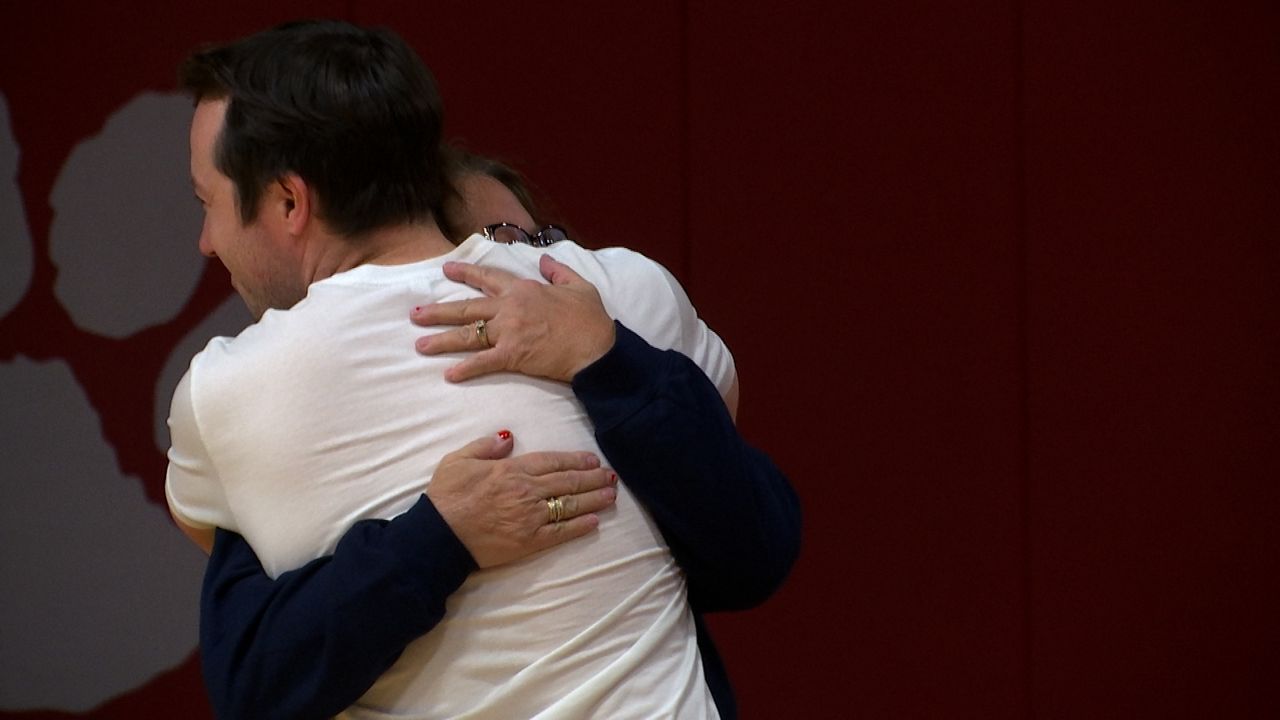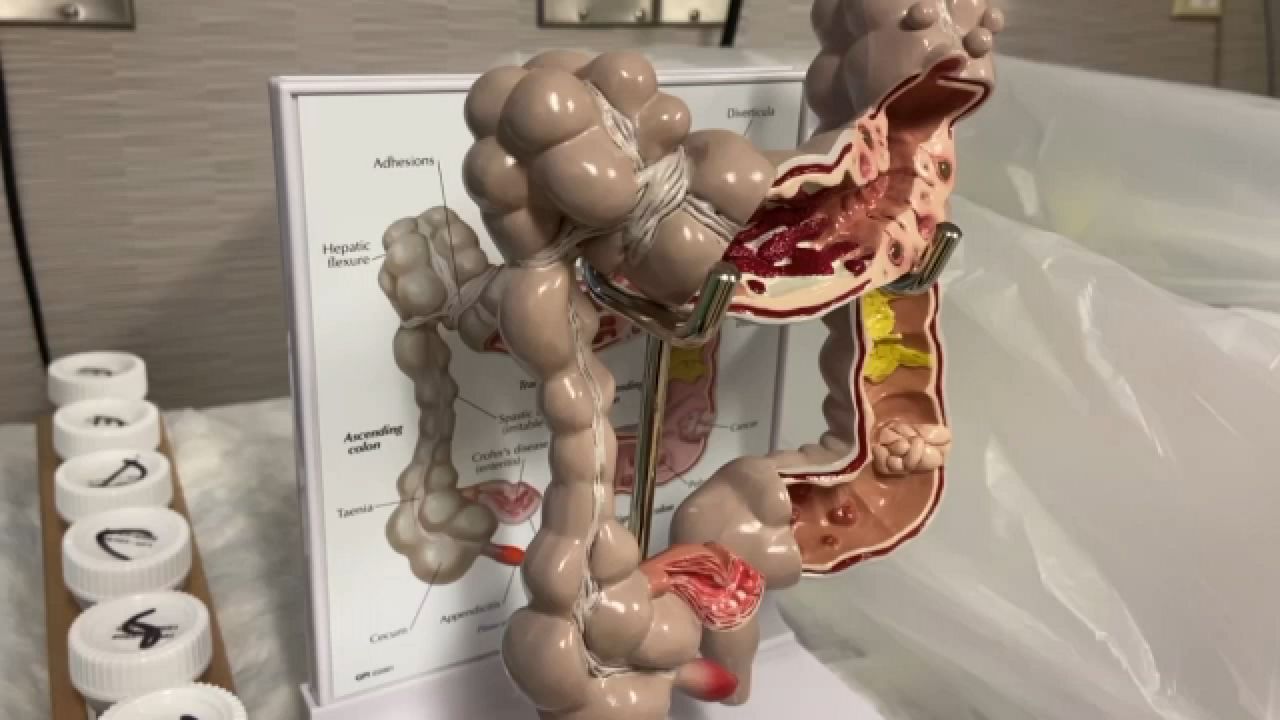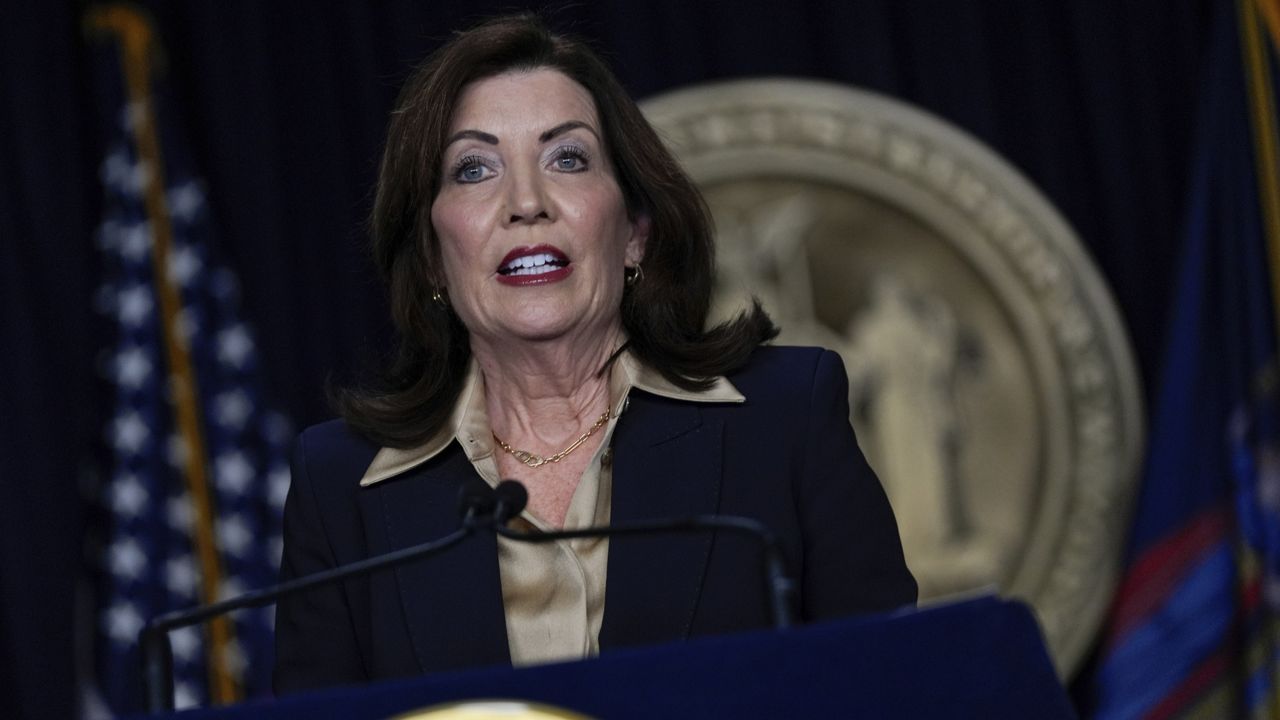A new threat is taking the lives of a rising number of New Yorkers: drugs laced with fentanyl and xylazine leading to more overdose deaths than ever.
According to data from New York’s Office of Addiction Services and Supports, the opioid overdose death rate has more than quadrupled in the last decade. In 2022, 5,413 New Yorkers died due to opioid-related overdoses, roughly one death for every two hours.
But state leaders say there is hope for the future in the battle against this epidemic. The state has won more than $2.6 billion in pharmaceutical settlements that will be used to address drug addiction and prevention.
One New Yorker who fell victim to addiction is Justice Mills, 33, a Watertown mother and recovering drug addict. Mills was a high school basketball star with hopes of playing in college. She said a back injury in high school led her to being prescribed opioids and into an unhealthy relationship.
“It was something that I thought was bringing us closer together,” said Mills.
That something, she explained, was abusing prescription pills. Mills said she started getting high with her boyfriend to maintain his attention.
“I wanted a reason to spend more time with him. And I wanted to know what was so great about doing drugs that I was being pushed to the side for,” said Mills.
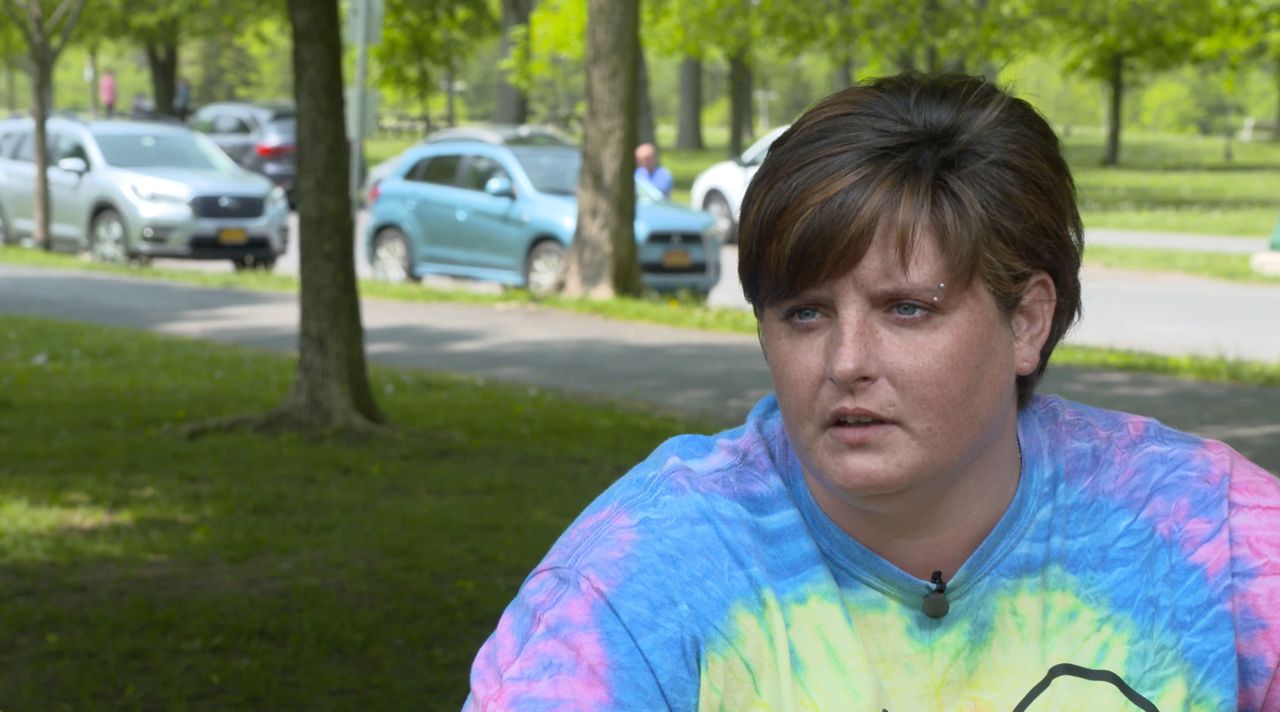
Her addiction only grew more severe as a string of addicts made their way through her life, she said. Higher doses and stronger drugs, then one day she discovered her pills had been mixed with heroin. Mills attempted to quit but failed.
“I was so sick, I couldn't get off the couch. I was sweating. I was shaking. I was puking,” said Mills. “At that point, I could have walked away and never touched it again. But I was in so much pain for those three days. I never wanted to feel like that again.”
The fear of withdrawal drove her to continue using heroin — not knowing how far into addiction she would fall. In just seven years, she went from taking prescribed opioids for pain to sex work to pay for her new habit of injecting heroin.
“Seven years of struggle and prostitution and trap houses and robberies and fights and violence — and that would have never happened in a split-second decision,” said Mills.
Rock-bottom was still waiting for her in a public restroom on a so-called “date” with a male customer.
“We got done doing what we were doing,” she said, “he bashed my face off the sink, took the money and ran, and just left me in the bathroom of the mall, disappeared.”
That is when Mills decided she had to stop.
“I was disgusted. I was embarrassed. I was angry. And that I had no one to blame but myself,” said Mills.
She took back control by beginning treatment at Credo Community Center, a methadone clinic in Watertown, where she met Randi Forbes, the clinical director.
“When you see people who are struggling to survive or they're worried about dying every single day, that is not a decision. Nobody wakes up one day and says, ‘I want to become struggling with addiction for the rest of my life,’” said Forbes.
Mills goes to Credo to get prescribed methadone used to wean addicts off heroin that could be laced with fentanyl or xylazine.
“You have this therapeutic dose of medication where you don't feel sick and then people can start to taper off,” said Forbes.
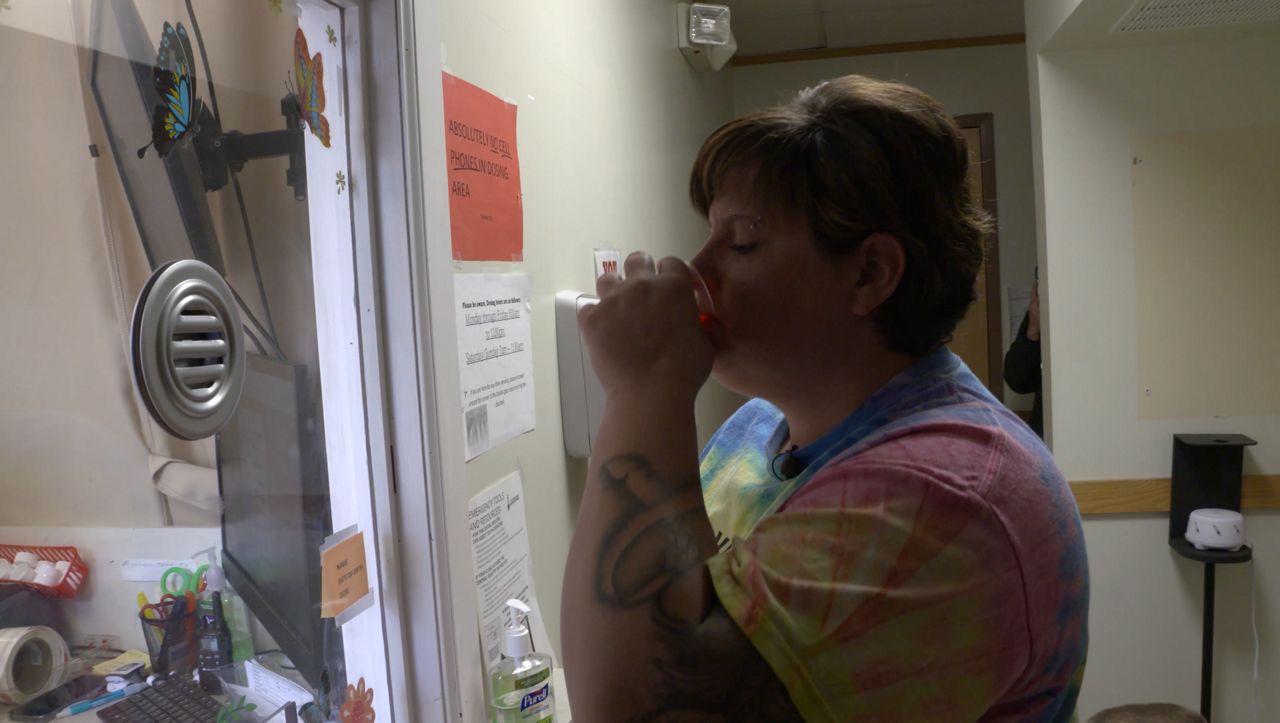
Methadone eliminates the unrelenting cycle of using and withdrawal.
“Withdrawal and the pain of withdrawal fueled all of my bad decisions from day one all the way through,” said Mills.
But help is on the way for Mills and others like her in communities across New York, after New York won more than $2.6 billion from lawsuits against companies involved in manufacturing, distributing and prescribing opioids. New York’s Office of Addiction Services and Supports has been tasked with distributing the majority of those dollars. An Opioid Settlement Fund Advisory Board made up of medical professionals, organizations and people directly impacted by opioid addiction compiled a list of priorities for the funding, which OASAS is now implementing.
“It's not going to solve the problem. There's not one thing that's going to solve the problem, but it's definitely enough money to be able to really make an impact,” OASAS Commissioner Dr. Chinazo Cunningham said in an interview with Spectrum News 1.
The $2.6 billion will be dispersed over 18 years. So far, $64 million has gone out to local municipalities.
“These dollars cannot be spent on bridges or transportation. They have to be spent on really addressing the needs for people with addiction,” said Cunningham.
OASAS has received $128 million for its statewide initiatives, which will focus heavily on harm reduction.
“We can't do sort of the same old thing that we've been doing for the past 50 years,” said Cunningham. “We are doing outreach and engagement initiatives. So, we are going to the streets under the bridges, to the subways, to bring services to people and link people to care.”
The goal is to break down barriers by meeting people where they are, with investments in mobile treatment, telehealth and outreach.
“I'm not guaranteeing that everything that we do will work, but we'll have measurements to see. And if you know, certain things don't work, then we won't continue to fund them,” said Cunningham.
Mills, who has been in recovery for five years, hopes this influx of money and new approach to fighting the opioid crisis helps others dig out of the depths of addiction.
“My life is amazing now and it's something I thought I would never have. So, it's a very unreal feeling,” she said.
If you or someone you know is struggling with addiction, reach out to the New York Hopeline at 1-877-8-HOPE-NY.







